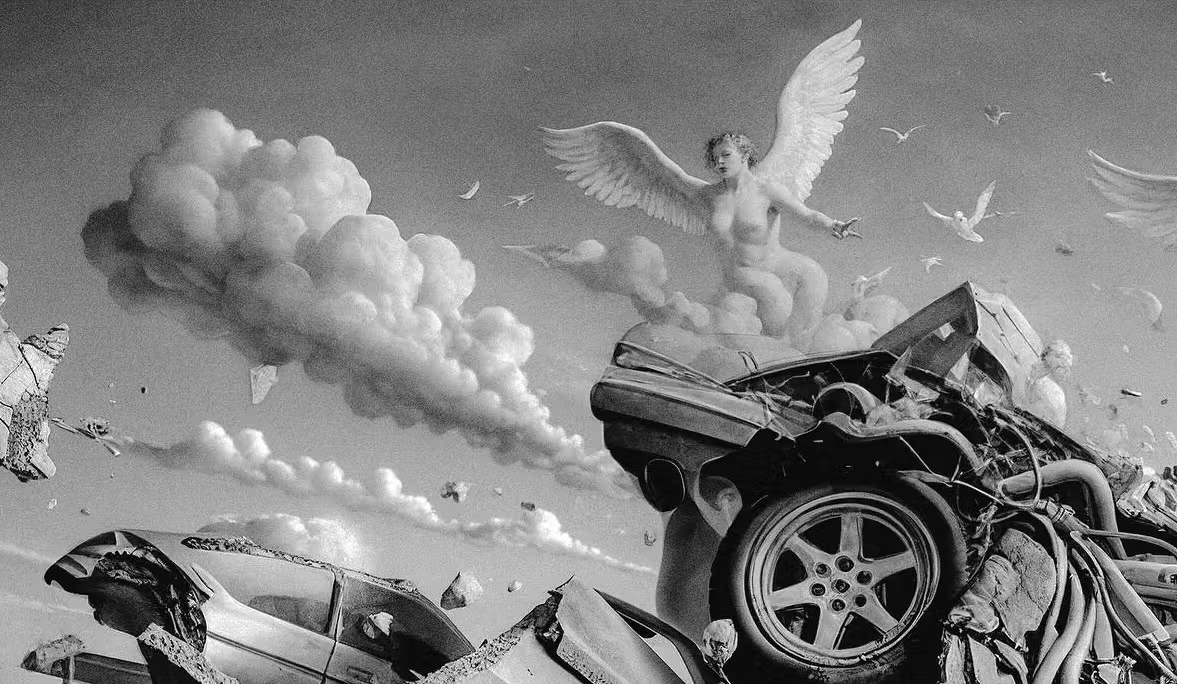
Interview with Christian Kondić. Shaping a practice that moves between design, music, and technology, where imperfection becomes language and freedom is the only horizon.
Christian Kondić (1996) is a Milan-based designer and visual artist with Croatian roots. Trained in Product Design at Politecnico di Milano and briefly a product developer at Off-White, he shifted his focus to photography and visual culture. Since 2023 he has worked independently, creating projects across music, fashion, and design while integrating AI into his process.

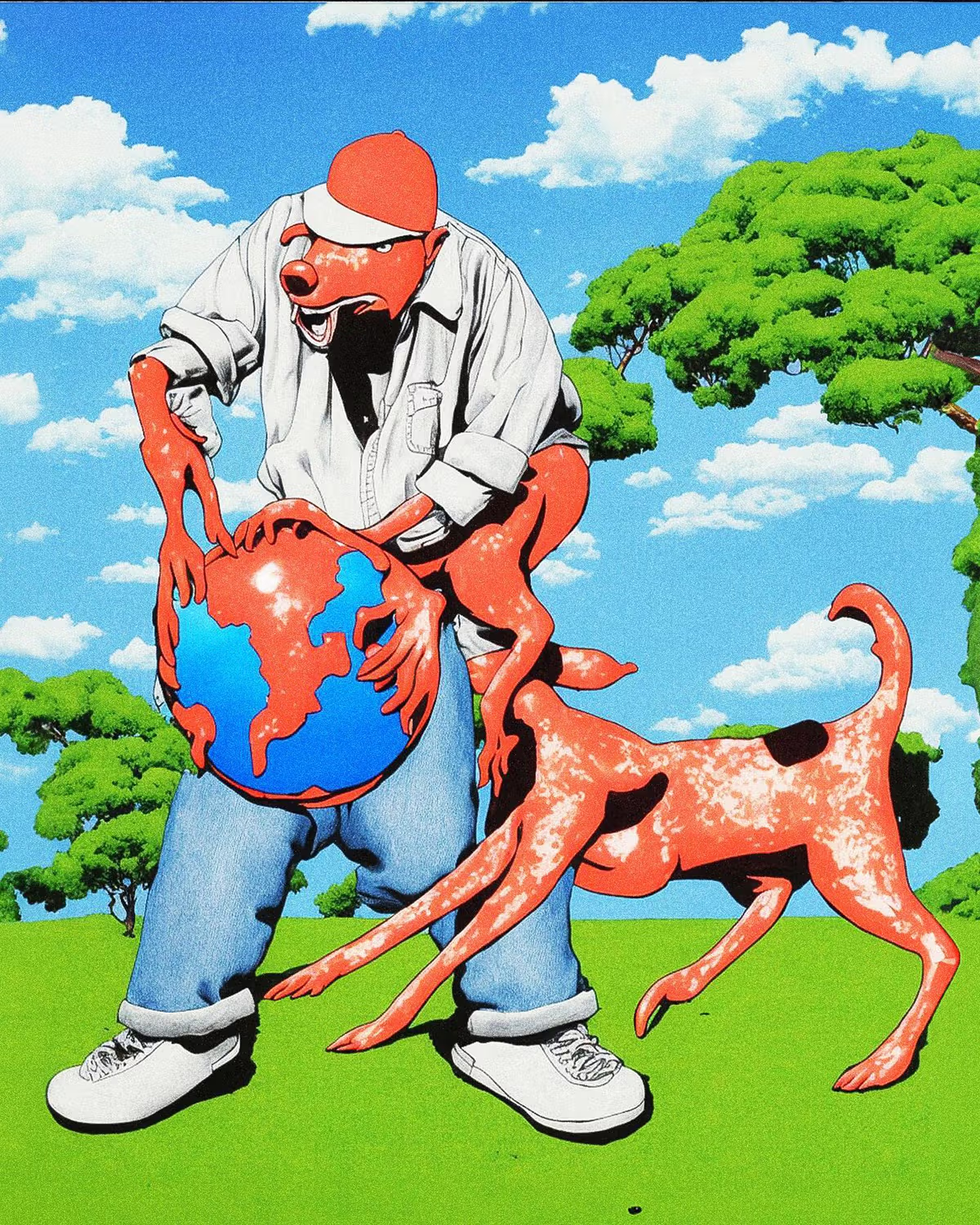
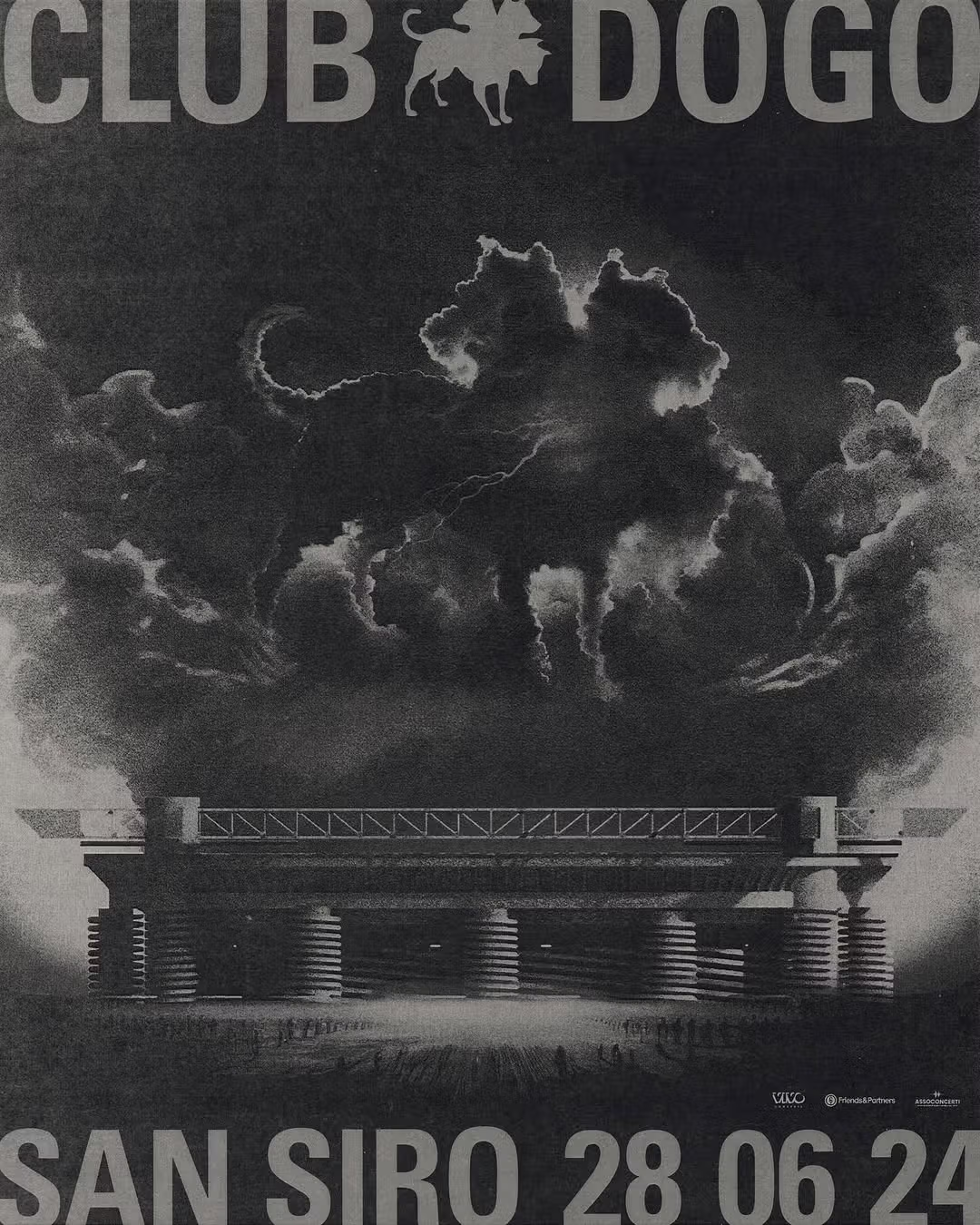
Out of the Safe Frame.
Christian’s path begins with a choice to abandon stability. After studying product design at Politecnico di Milano and spending two years at Off-White, he realized security was also a constraint. Freelancing meant facing uncertainty each month, but it also brought intensity and momentum.
Leaving that comfort behind, with no guaranteed income, each project became a test — but also an opportunity to expand. He describes this transition not as a fall but as fuel: once you taste freedom, it becomes nearly impossible to return to a safer, smaller version of yourself.
This openness extends to identity. Christian refuses to be boxed into definitions like photographer, designer, or art director. He thrives on inhabiting multiple roles at once, moving fluidly between mediums and contexts.
“I struggle to define myself with one category,” he admits, “and I think that’s my energy to keep moving forward.”
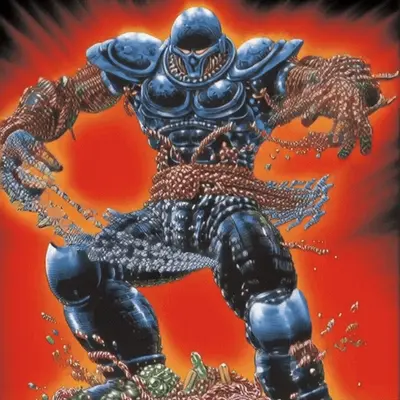
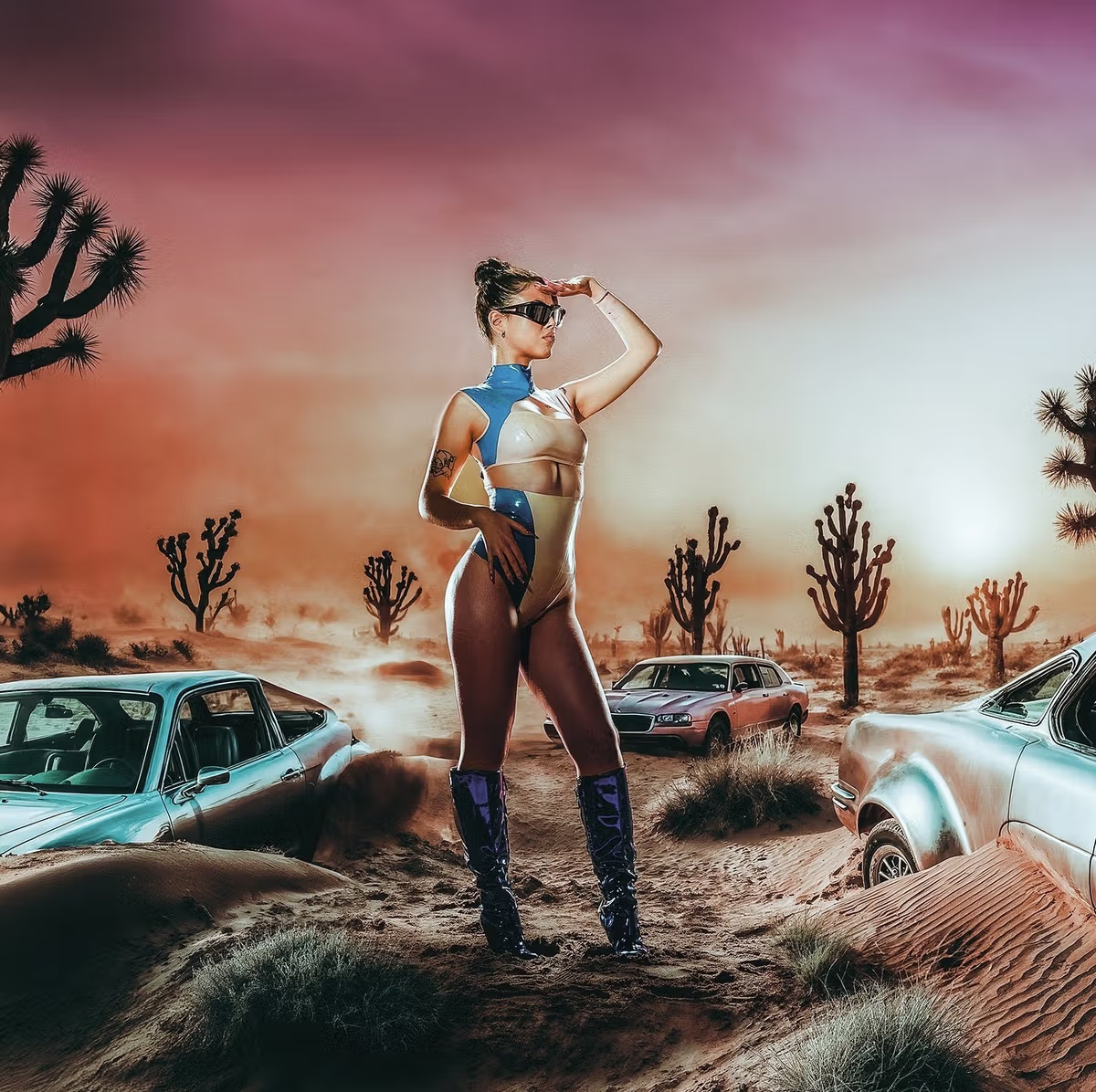
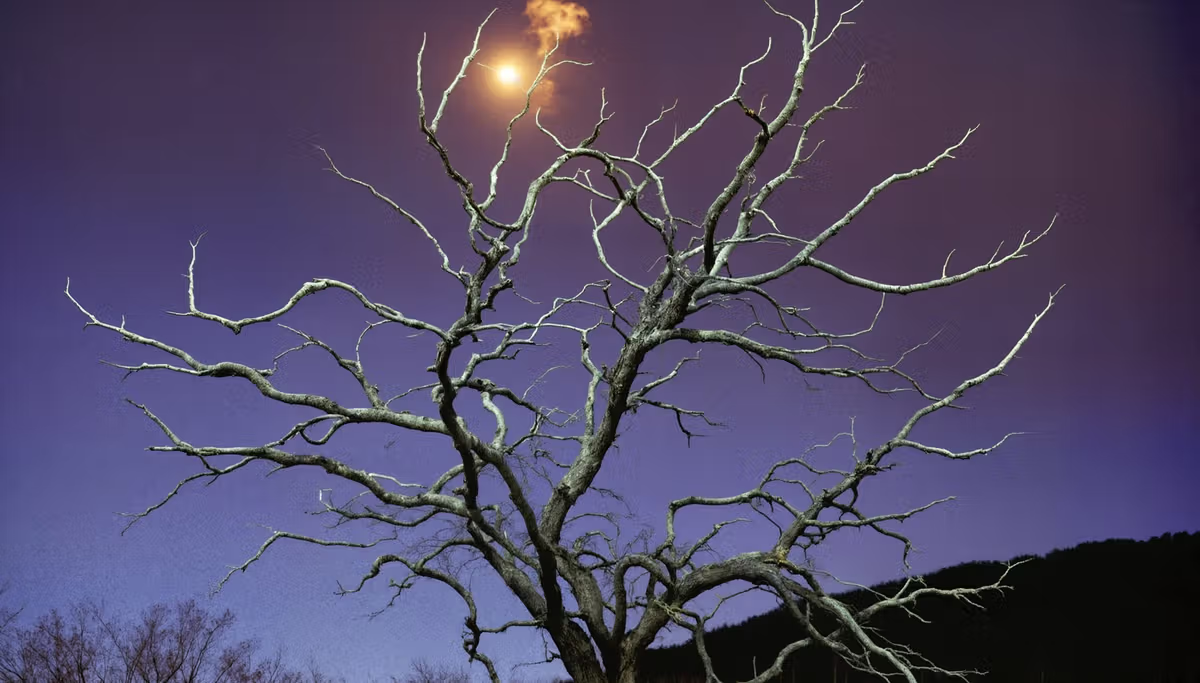
Imperfection as Identity.
Christian’s visual language is striking at first glance: bold colors, monumental subjects, a clarity that recalls the punch of advertising. But beneath the surface, there is a deliberate resistance to perfection.
“I like leaving errors inside the image — exposure mistakes, odd crops, strange details. They add a human trace to the digital.” This preference for imperfection is not carelessness; it is a way of keeping the work alive, resisting the polished sameness of contemporary image culture. “It gives me the feeling that the work is never fully closed. Thinking of something as 100% finished makes me anxious — I prefer to leave space for potential future edits.”
His style doesn’t emerge from conscious strategy. It’s an instinctive filtering of everything he absorbs — films, exhibitions, music, even the flood of ads and billboards that saturate the cities. Over time, this filtering has crystallized into an identity that others recognize even when he doesn’t seek it. “People tell me I have a strong identity in my work, but I don’t plan it. It just happens,” he explains.
This tension between control and accident also shapes his approach to collaboration. The best projects, he says, happen when there is trust — often with friends or collaborators who share his vision. On the other hand, too many projects in the mainstream lack a real focus on art direction and rely instead on trends or marketing-driven choices. Even when there are strong creatives involved, the system often gives them too little room to truly shape the work. By contrast, when he collaborates with people like Moab (Studio Magla; Ed. Note), the results feel authentic, because the vision is shared and protected from compromise.
“There’s no challenge without uncertainty. For me, the moment things feel too secure, they also feel uninteresting. The unknown is what pushes me forward.”
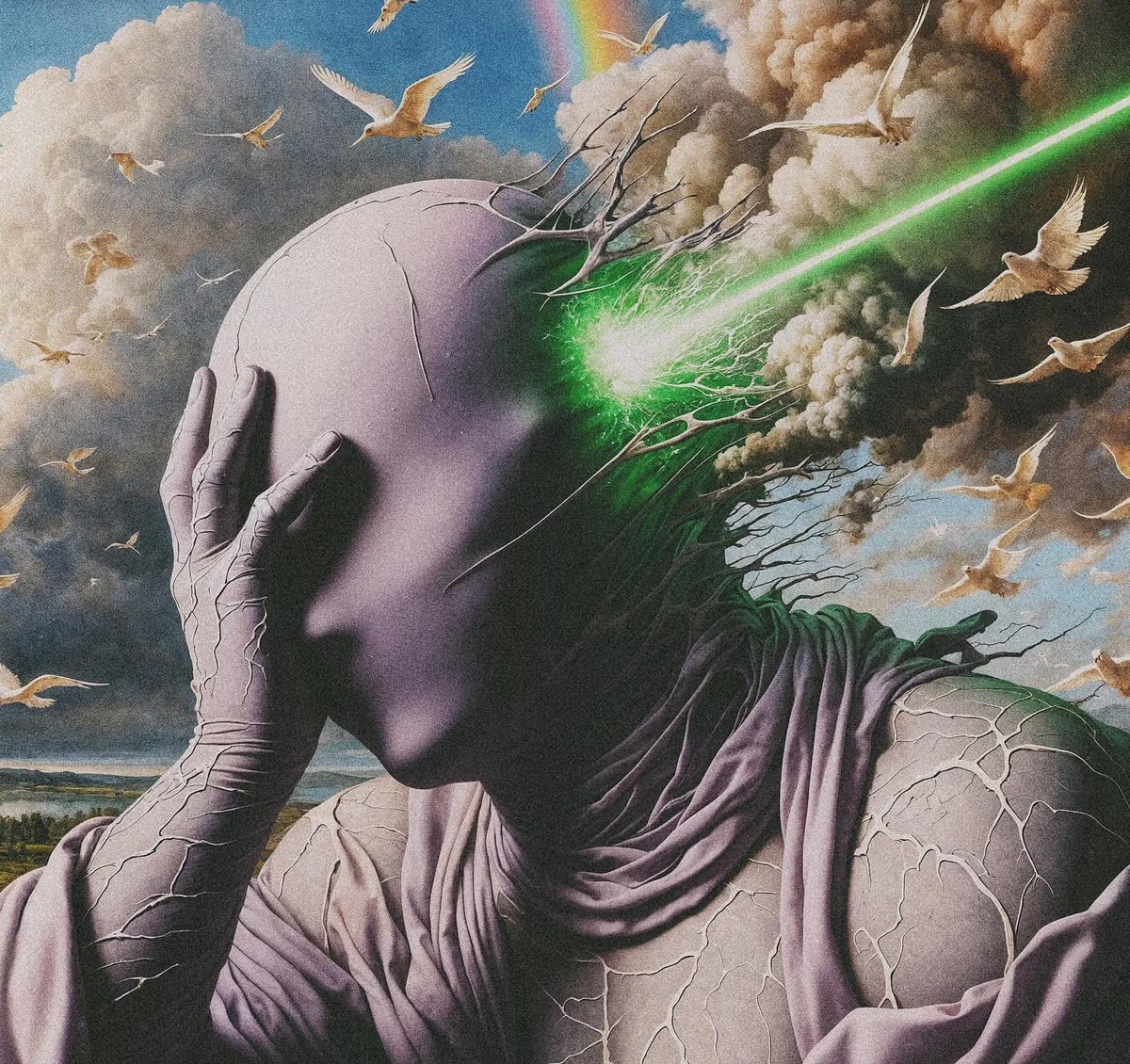
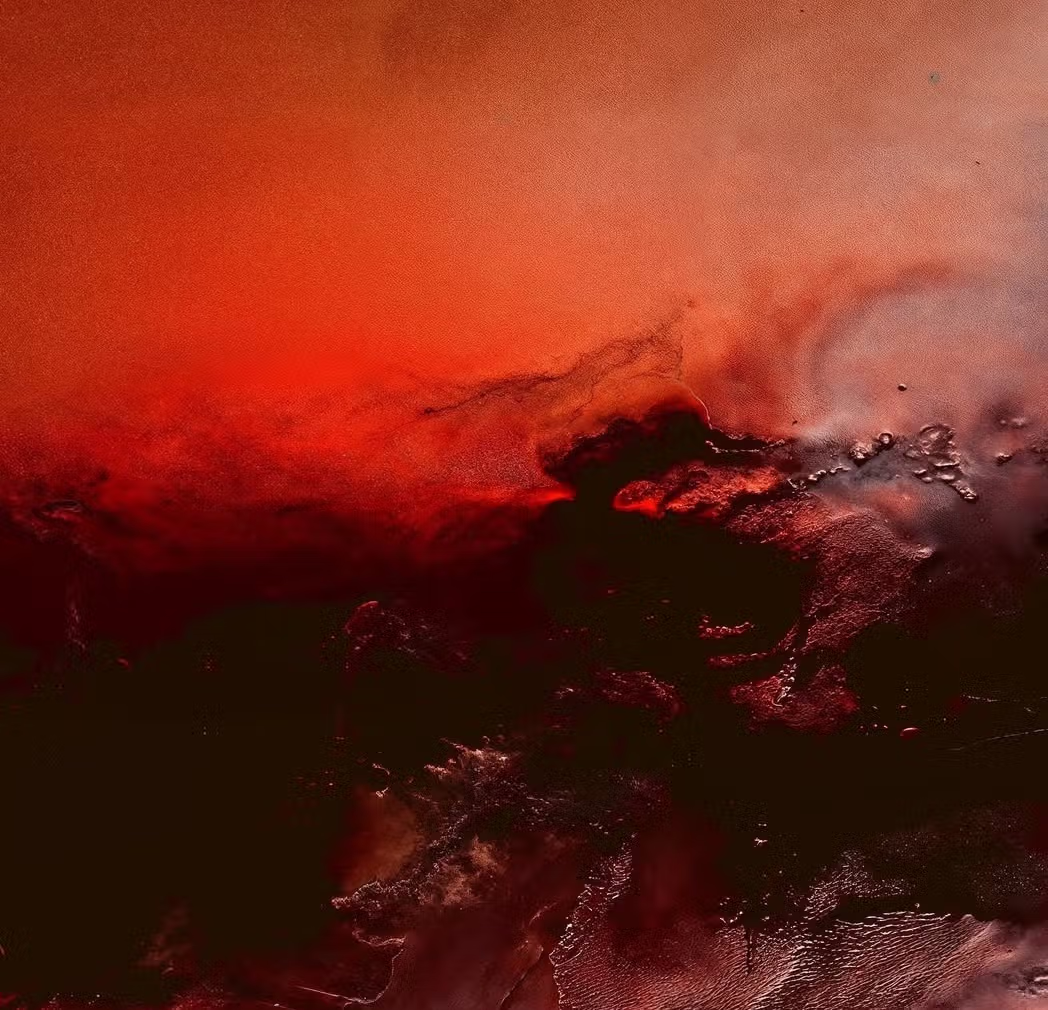

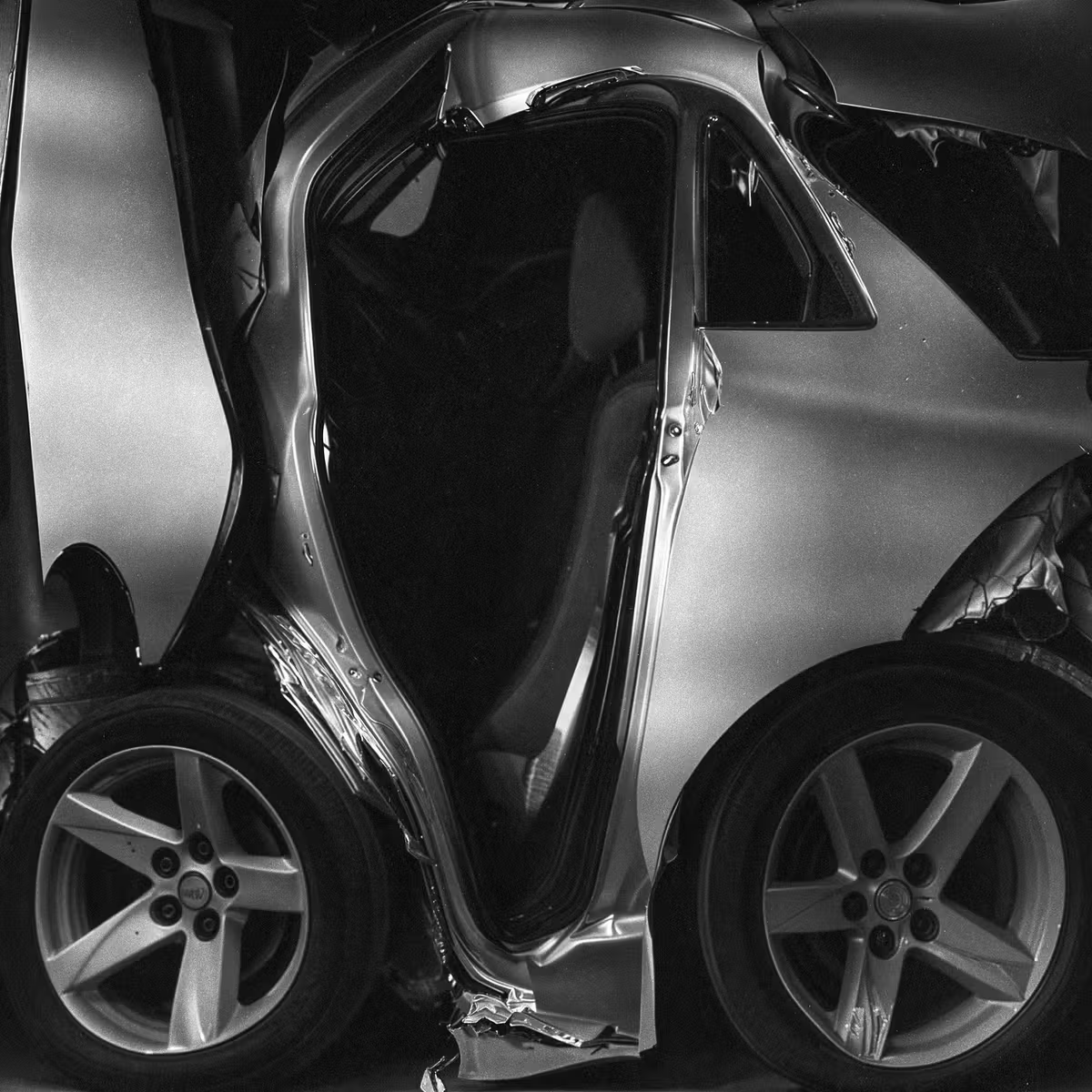
Process, Balance, and Vision.
Experimentation lies at the center of Christian’s practice. Over the past few years, he has leaned heavily into generative tools, from early explorations of NFTs to the latest AI systems. For him, these technologies are not replacements but collaborators. “It’s not about doing less work, it’s about shifting the work. I spend less time cutting masks in Photoshop and more time defining ideas,” he says. By treating AI as a partner, he gains the space to focus on intuition, concepts, and the deliberate insertion of flaws that keep the work human.
His relationship with time, however, remains unresolved. When he first started freelancing, he imagined a balance between work and life that new tools could help sustain. Today, after two years of independence, that balance still feels elusive. “My hope is that this perspective will eventually reshape my sense of time and enable a healthier working environment. Less working hours but more quality work. I try to push myself with a daily schedule and moments of rest, but most of the time the system forces you into survival mode. Technology is becoming a powerful ally that could unlock our creative potential and improve our lives — but the reality of things is still very hard.”
Milan, for him, embodies this same paradox. The city attracts you with promises of endless opportunity, but it can just as quickly become a cage. “Milan drives you in with the sense of unique opportunity, but soon it turns into a cage that swallows you in the first moment of weakness. I feel this system is getting old and a change is due — though it will probably require a shift in the global system as a whole.” Yet younger creatives, he observes, are challenging this structure, building alternative ways of working together and seeking healthier environments.
"Some of the most interesting designers I know live in small towns, collaborating internationally without ever meeting their clients in person." For Christian, this signals a future where creativity is less about location and more about valuable human connections and the meaning behind the work.
His influences reflect this grounded view. Music remains a constant — DJing with friends, electronic scenes, Aphex Twin’s synthesis of sound and image. Virgil Abloh still stands as a reference for his refusal of boundaries. But more than icons, it’s the people around him who inspire him most.
“With time I understood that my biggest references are my peers and the few good colleagues I’ve met in this environment. To see them fight every day for their dreams and try to keep this space healthy and fair is essential for me. It restores my faith in humanity — something that’s easy to lose in these times.”